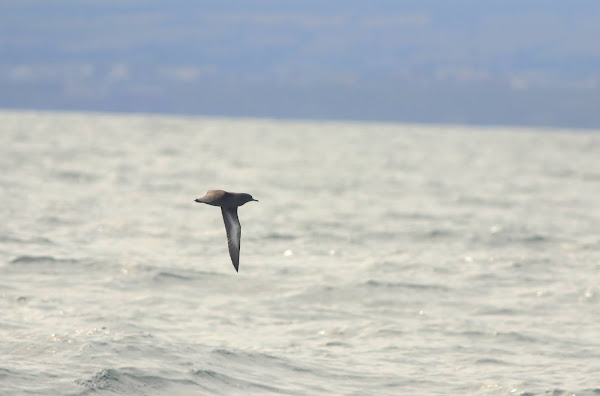The Empire of Darkness expands; no, not the relentless, unstoppable late-stage capitalism neo-liberal apocalypse, but my nocturnal sound-recording stations (considerably more benign, but just as time-consuming, trust me). From a crack in my study window in downtown Filey, to a plastic bucket in a field near the North Cliff in Filey, and now, to a plant pot in a garden in Flamborough village.
Grey Plover
Birds and family are my two main reasons for regularly gunning down the road to Flamborough, and so it seemed like a logical extension to combine the two and begin running another sound recorder in my mom's garden. Logistically speaking this means that, while it's easier to run the two Filey locations, I can record a few nights a week there and analyse the recordings as and when I get the chance.
Despite being 'out' on the Great White Cape, the recording location is actually the most inland of the three, being a full 2km from the coast (the house in Filey is 300m, the North Cliff site 200m). Starting on the 10th of the month, I managed 17 nights recording in August, and it didn't take long to reap the rewards.
The overwhelming realisation from these early forays is that waders are more than happy to cut off the outer headland, and indeed may often choose the shorter, coast-to-coast, over-the-village route on migration. The species list grew quickly in the first few days, with Ringed, Golden and Grey Plovers, Knot, Common Sandpipers, Redshank and Oystercatchers all registering, a main highlight being some major movements on several nights mid-month.
The best of which involved a surge of waders on the 15th, involving many Oystercatchers, plus Ringed Plovers, Knot and Dunlin - but most impressively, several flocks of Redshank (above), including one very vocal, uncountable group which took a total of 2m 45s to pass over, calling constantly... how many were involved? Here's a short exerpt to illustrate....



























































